A Comparison of Two Icons
When it comes to iconic waterfalls, Victoria Falls and Niagara Falls often top the list. Both natural wonders captivate millions of visitors each year, offering breathtaking views, thrilling activities, and unforgettable experiences. But how do these two giants compare? In this Victoria Falls vs Niagara Falls blog, let’s dive into the details and see what makes each one unique.
Victoria Falls vs Niagara Falls-Location and Accessibility
Victoria Falls
Located on the border between Zambia and Zimbabwe in southern Africa, Victoria Falls is known locally as Mosi-oa-Tunya, meaning “The Smoke That Thunders.” This majestic waterfall is easily accessible from the towns of Livingstone in Zambia and Victoria Falls in Zimbabwe. The nearest international airports are Harry Mwanga Nkumbula International Airport (LVI) in Livingstone and Victoria Falls International Airport (VFA) in Zimbabwe. Both airports offer flights from major African cities, making it relatively easy to reach.
Niagara Falls
Niagara Falls straddles the border between the United States and Canada, with the falls divided into three sections: Horseshoe Falls, American Falls, and Bridal Veil Falls. The nearest cities are Niagara Falls, Ontario, Canada, and Niagara Falls, New York, USA. Both Toronto Pearson International Airport (YYZ) in Canada and Buffalo Niagara International Airport (BUF) in the USA provide convenient access to the falls.
Size and Scale
Victoria Falls
Victoria Falls is one of the largest and most impressive waterfalls in the world. It spans 1,708 meters (5,604 feet) in width and has a height of 108 meters (354 feet). During the rainy season, the Zambezi River, which feeds the falls, reaches its peak flow, creating a massive curtain of water that generates a mist visible from miles away.
Niagara Falls
While Niagara Falls may not match Victoria Falls in height, it is still a formidable sight. Horseshoe Falls, the largest of the three sections, is 670 meters (2,200 feet) wide with a drop of 57 meters (187 feet). Combined, the three sections have an average flow rate of 2,400 cubic meters (85,000 cubic feet) per second, making Niagara Falls one of the most powerful waterfalls in North America.
Scenic Beauty
Victoria Falls
The scenic beauty of Victoria Falls is unmatched. The falls are surrounded by lush rainforests and the Zambezi National Park, home to a diverse array of wildlife. The thunderous roar of the water and the constant spray create a mystical atmosphere. Walking along the network of trails that provide various viewpoints, visitors can experience the falls from multiple angles, each offering a unique perspective.
Niagara Falls
Niagara Falls is equally stunning, with its cascading water creating a mesmerizing display. The surrounding area is well-developed, with parks, gardens, and observation decks providing excellent vantage points. The illumination of the falls at night adds an extra layer of magic, with vibrant colors dancing across the water. The nearby Niagara Gorge offers scenic hiking trails, providing a different perspective of the falls.
Activities and Attractions
Victoria Falls
Victoria Falls offers a wide range of activities for adventure seekers and nature lovers alike. Some popular activities include:
- Bungee Jumping: Experience an adrenaline rush by leaping off the Victoria Falls Bridge, one of the highest bungee jumps in the world.
- White-Water Rafting: Tackle the challenging rapids of the Zambezi River, known for its thrilling white-water rafting experiences.
- Helicopter Flights: Get a bird’s-eye view of the falls and the surrounding landscape with a scenic helicopter tour.
- Wildlife Safaris: Explore the nearby national parks and encounter elephants, lions, buffaloes, and other wildlife.
Niagara Falls
Niagara Falls also boasts an array of activities and attractions:
- Maid of the Mist: Take a boat tour to the base of the falls and feel the mist on your face as you get up close to the powerful cascades.
- Journey Behind the Falls: Descend into tunnels that lead to observation decks right behind Horseshoe Falls, offering a unique and immersive experience.
- Niagara SkyWheel: Enjoy panoramic views of the falls and the surrounding area from the comfort of a climate-controlled gondola.
- Clifton Hill: Explore the bustling entertainment district, featuring arcades, museums, restaurants, and more.
Climate and Best Time to Visit
Victoria Falls
Victoria Falls experiences a subtropical climate with distinct wet and dry seasons. The best time to visit is during the dry season (April to October) when the water levels are lower, and the weather is pleasant for outdoor activities. However, for those who want to see the falls at their most dramatic, the rainy season (November to March) offers the most powerful flow and the iconic mist.
Niagara Falls
Niagara Falls has a temperate climate with four distinct seasons. The best time to visit is during the summer months (June to August) when the weather is warm, and all attractions are open. Fall (September to November) offers beautiful foliage and fewer crowds, while winter (December to February) provides a unique experience with the falls partially frozen and adorned with ice formations.
Cultural Significance
Victoria Falls
Victoria Falls, known as “Mosi-oa-Tunya” or “The Smoke That Thunders” by the indigenous Tonga people, holds immense cultural and spiritual significance. This natural wonder, straddling the border between Zambia and Zimbabwe, has been a sacred site for local tribes for centuries. It is believed to be the dwelling place of spirits, and traditional ceremonies are often held in its honor.
The falls were named after Queen Victoria by the Scottish explorer David Livingstone, but the local name persists, symbolizing the deep connection between the falls and the native communities. This connection is evident in the traditional dances, songs, and rituals performed by the Tonga people, celebrating the power and beauty of the falls.
Niagara Falls
Niagara Falls, comprising three waterfalls (Horseshoe Falls, American Falls, and Bridal Veil Falls) on the border between Canada and the United States, also holds significant cultural importance. For centuries, it has been a place of reverence for the indigenous peoples of the region, including the Iroquois and the Neutral Nation. The falls were considered a powerful spiritual site, central to many indigenous myths and legends.
European explorers arrived in the 17th century, and the falls quickly became a symbol of the new frontier. Over time, Niagara Falls has evolved into a cultural icon, symbolizing the natural beauty and power of North America. It has inspired countless artists, writers, and musicians, becoming a backdrop for numerous movies, songs, and artworks.
Natural Beauty and Geological Features
Victoria Falls
Victoria Falls is renowned for its breathtaking beauty and sheer scale. It spans 1,708 meters (5,604 feet) wide, making it the largest curtain of falling water in the world. The falls plunge into the Zambezi Gorge, creating an awe-inspiring sight with mist rising high into the sky, visible from miles away. This mist sustains a unique rainforest ecosystem along the cliff edges, home to diverse flora and fauna.
The geological formation of Victoria Falls dates back to millions of years ago when the Zambezi River began to carve its way through basalt rock. The continuous erosion has created the spectacular gorges downstream, adding to the dramatic landscape. The falls’ thunderous roar and ever-present rainbow further enhance its natural beauty.
Niagara Falls
Niagara Falls, though not as wide as Victoria Falls, is equally mesmerizing. The combined falls have the highest flow rate of any waterfall in North America, with over six million cubic feet of water cascading over the brink every minute during peak flow. The Horseshoe Falls, the largest of the three, has a height of 51 meters (167 feet) and a width of 790 meters (2,600 feet).
Niagara Falls was formed around 12,000 years ago during the last Ice Age when large torrents of water were released from melting ice, carving out the Niagara River and the falls. The relentless force of the water continues to shape the landscape, creating stunning vistas and unique geological formations. The surrounding area, known for its lush parks and scenic beauty, adds to the falls’ allure.
Top Selling Packages
3 Days Victoria Falls Adventure
5 Days Victoria Falls and Hwange
Victoria Falls Honeymoon Itinerary: Romantic Escapes
7-Day Tour: Exploring Victoria Falls
6 Days Victoria Falls and Hwange
12 Days Zambia Family Holiday
5 Days Victoria Falls and Gorilla
8 Days Victoria Falls and Chob
South Africa Packages
12 Days Exclusive Safari and Cape Splendor
10 Days Kruger Private Reserves & Cape Town
12 Days Kruger Reserves and Gorilla Trekking Safari
4 Days Tremisana Lodge Kruger Park Safari
3 Days Kruger and Swaziland Cultural Tour
3 Days Kruger National Park Camping Safari
10 Days Kruger Private Reserves & Cape Town
Namibia Packages
9 Days Luxury Namibia and Gorilla Trekking Safari
6 Days Etosha, Swakopmund & Sossusvlei (Camping)
3 Days Etosha Guided Camping Safari
Zimbabwe Packages
5 Days Victoria Falls and Hwange National Park Safari
4 Day Victoria Falls Fly-in Safari
3 Days Victoria Falls Experience Staying at Phezulu Lodge
3 Days Kariba Sailing Safari (Self-Drive Add-on)
1 Day Victoria Falls, Game Drive with Bush Dinner
9 Days Hwange and Victoria Falls Safari
8 Days Chobe and Victoria Falls Tour
7 Days Victoria Falls, Hwange NP and Matobo NP Experience
Uganda Packages with Gorilla Trekking Experience

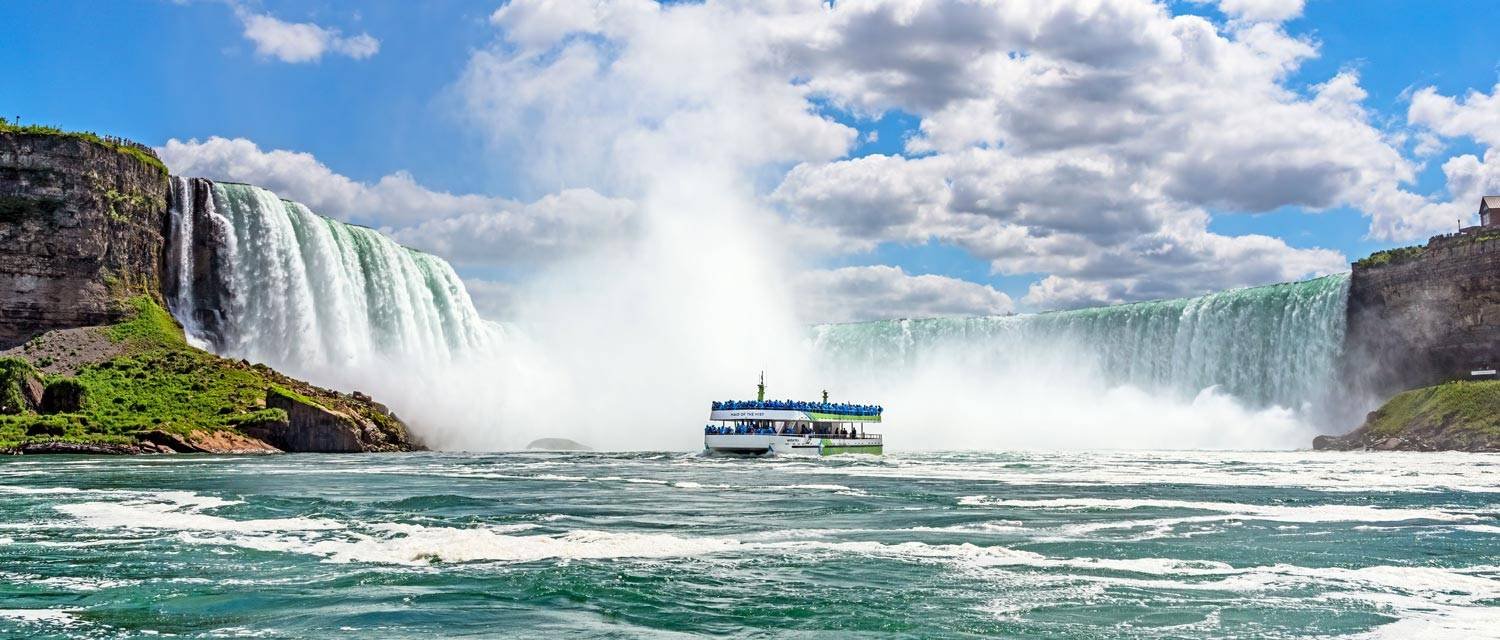
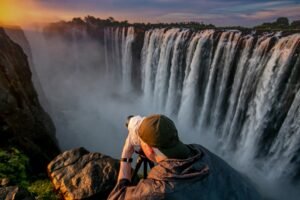
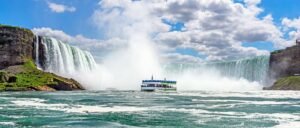
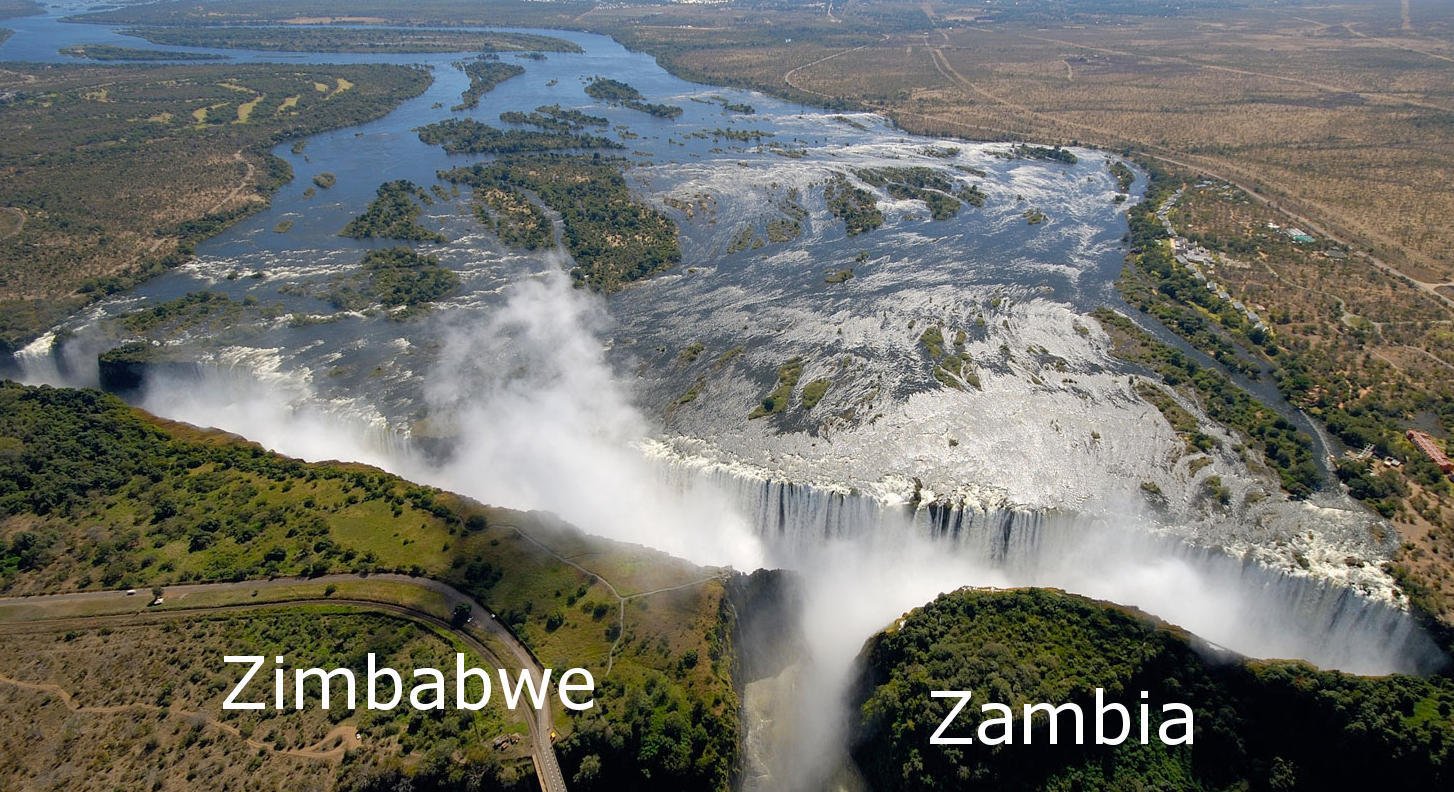
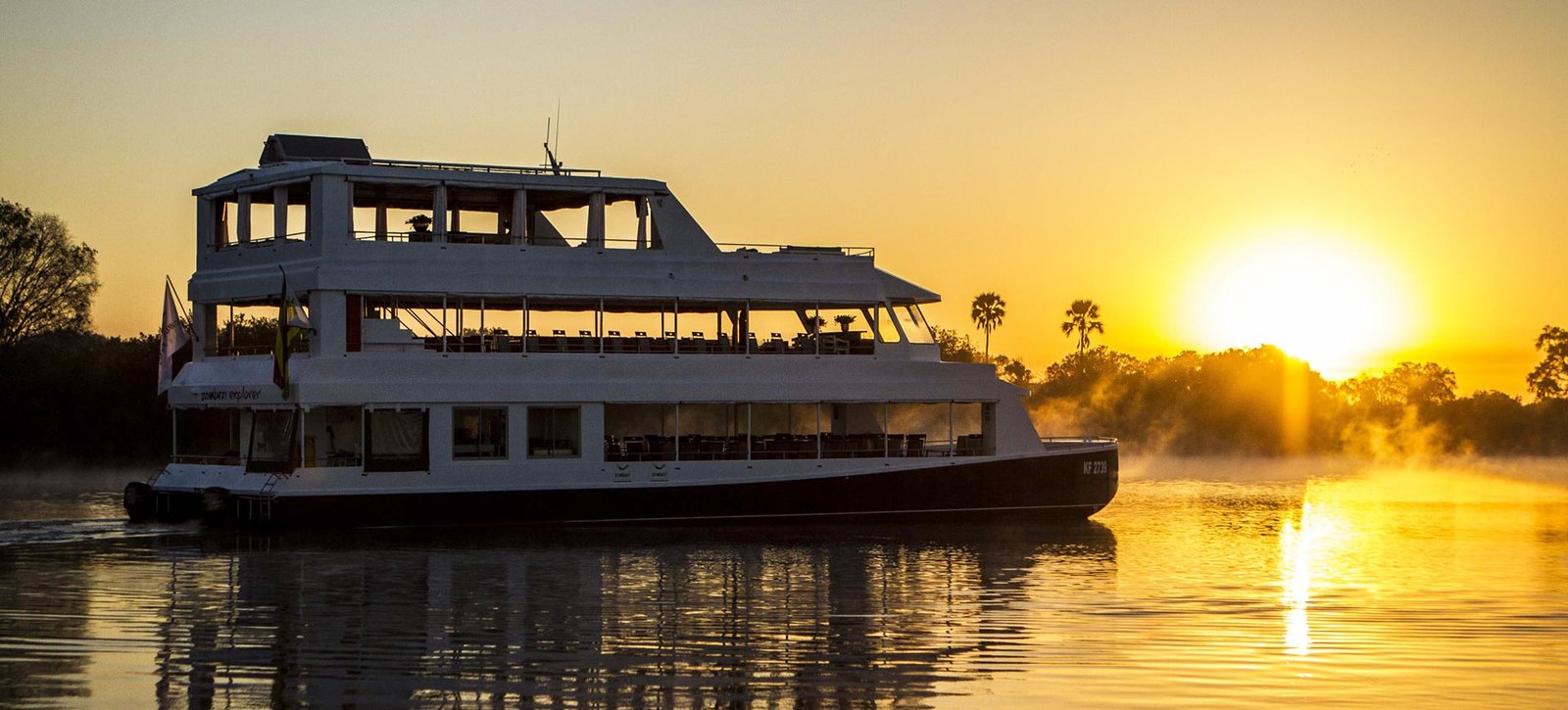
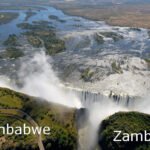

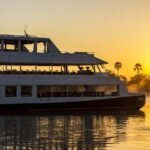
Leave a Reply